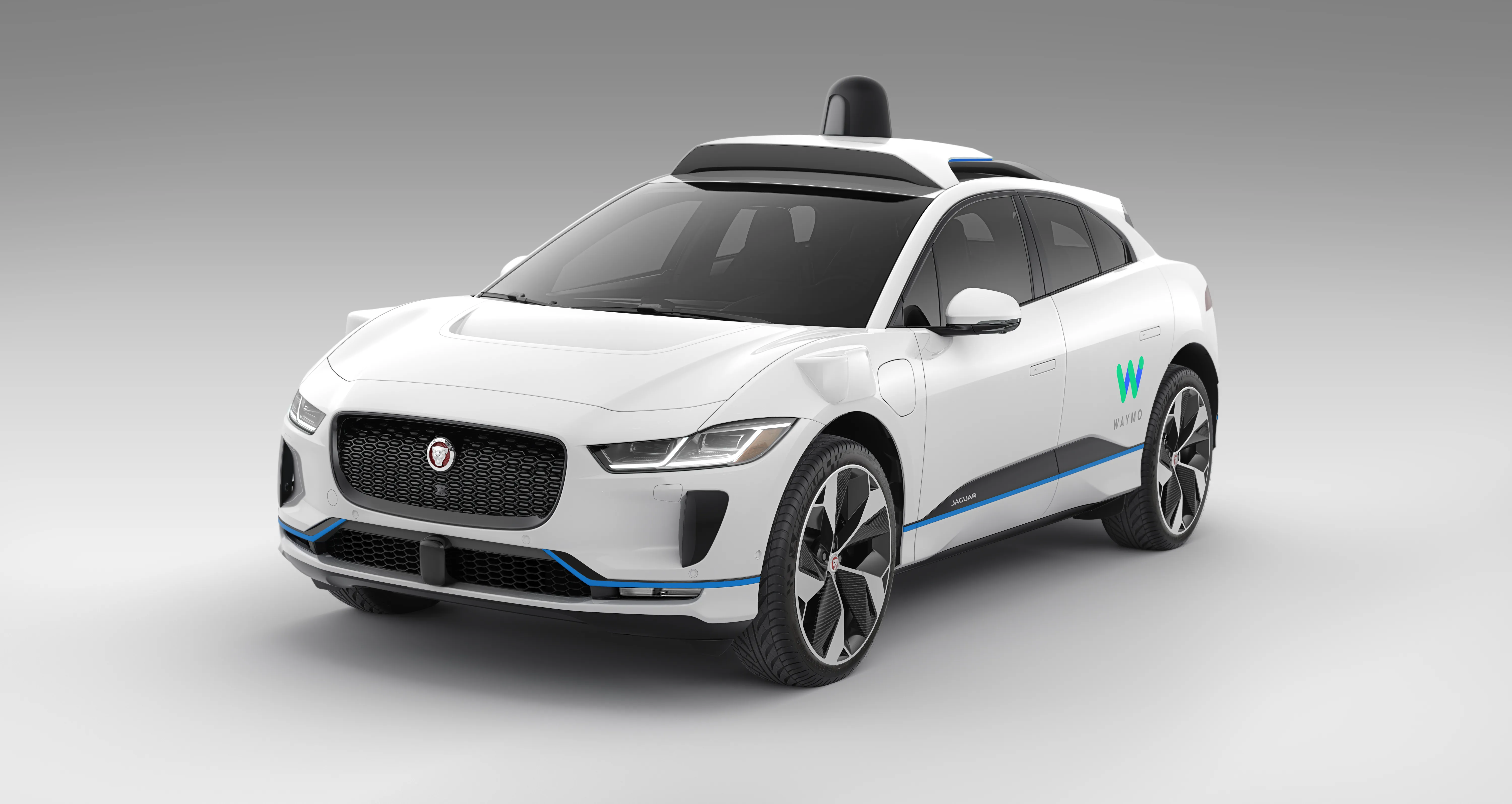Honda R&D the R&D subsidiary of Honda Motor is entering into formal discussions with Alphabet’s Waymo, with a view to integrating its self-driving technology with Honda vehicles.
This technical collaboration between Honda researchers and Waymo's self-driving technology team would allow both companies to learn about the integration of Waymo's fully self-driving sensors, software and computing platform into Honda vehicles.
As part of the discussion on technical collaboration, Honda could initially prov
December 22, 2016
Read time: 2 mins
This technical collaboration between Honda researchers and Waymo's self-driving technology team would allow both companies to learn about the integration of Waymo's fully self-driving sensors, software and computing platform into Honda vehicles.
As part of the discussion on technical collaboration, Honda could initially provide Waymo with vehicles modified to accommodate Waymo's self-driving technology. These vehicles would join Waymo's existing fleet, which are currently being tested across four US cities.
If both parties agree to enter into a formal agreement, Honda R&D engineers based in Silicon Valley, California and Tochigi, Japan, would work closely with Waymo engineers based in Mountain View, California and Novi, Michigan.
Honda previously announced its intention to put production vehicles with automated driving capabilities on highways sometime around 2020 related to its goal of a collision-free society. In addition to these on-going efforts, this technical collaboration with Waymo could allow Honda R&D to explore a different technological approach to bring fully self-driving technology to market. These discussions are an initial step that will allow Waymo and Honda R&D to further explore the potential of a broad range of automated driving technologies.










